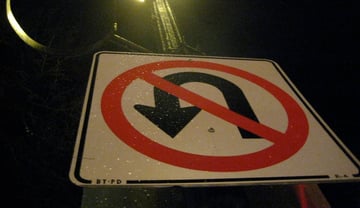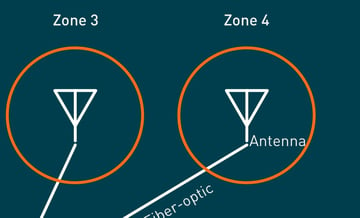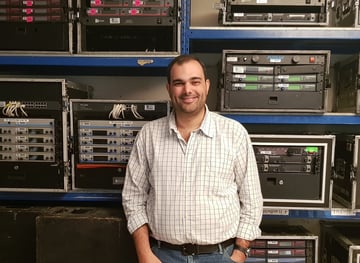COMBINE4 Transmitter Combiner
MAP: $799 USD
The COMBINE4 active IEM transmitter combiner brings together up to four in-ear monitor transmitter signals into a single, more powerful transmit antenna, eliminating the use of problematic multiple antennas while lowering the buildup of unwanted Intermodulation.

Key Features & Benefits
About the Product
Product Setup
The COMBINE4 is also sold bundled with CP Beam Antenna (CPB). This turnkey bundle includes everything needed to configure up to 4 channels of In-Ear Monitors. Including Premium made in USA low loss double shielded coaxial cabling coax cable. (1) CP Beam Antenna (CPB) for In-Ear Monitors1) COMBINE4 transmitter combiner(1) RG8X25 Coaxial Cables BNC(Product Combinations)

What's Included
SKU: COMBINE4 - COMBINE4 Antenna Combiner, (4) BNC jumpers, (4) DC jumpers, (1) AC power cordSpecifications and Product Resources
View All ResourcesMost Common Questions Asked
What is a combiner?
What are the main benefits of antenna distribution for IEM transmitters?
Can I mix RF Venue products with other brands?
Related Products
View All ProductsMore from the blog

The Ultimate Guide to In-Ear Monitors, Straight from the World’s Best Monitor Engineers

RF Venue Releases Two New Antenna Distribution Products for Mics and IEMs

Using an Antenna Distributor as a Combiner Has Consequences

What Is Antenna Distribution?

Ariel Ramos: High Stakes RF in Santo Domingo

Wireless Microphone Distribution Explained

Urban Electra Case Study

The Church For All Nations Case Study

